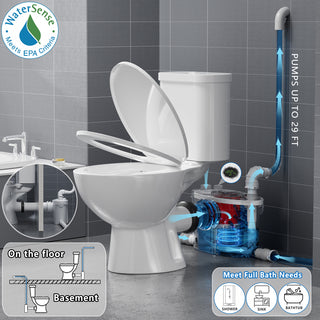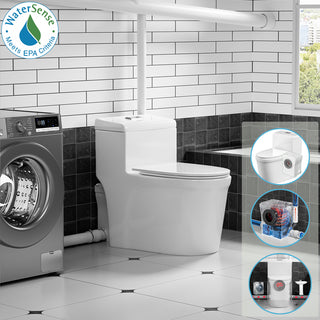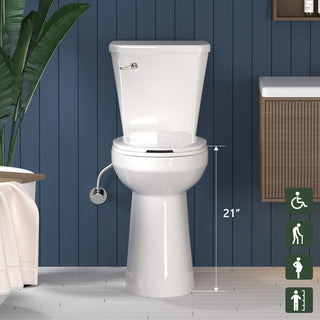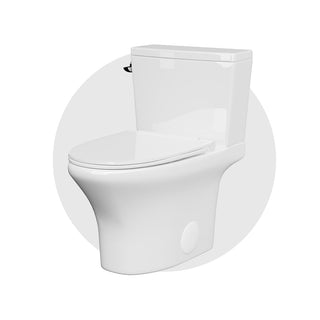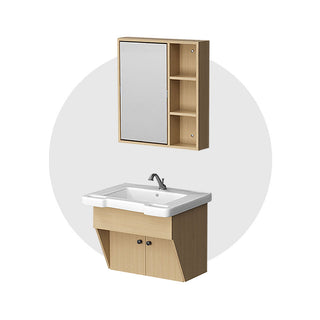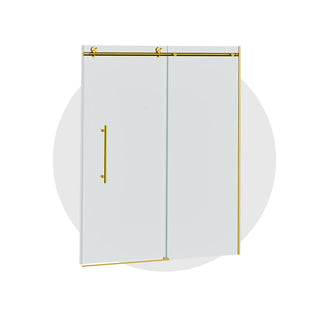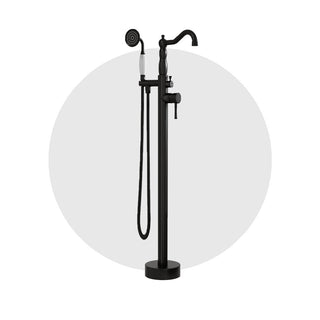We use our toilets every day, but have you ever wondered how the Inlet and outlet valves for toilets inside the toilet work efficiently? From the flushing of water to the draining of water, the water fittings system inside the toilet plays a crucial role. Understanding how toilet water fittings work not only helps us to better maintain our equipment, but also makes it easier to solve problems when they do occur. Today, we're going to take an in-depth look at how toilet water fittings work.
1. Basic components of toilet water fittings
The water parts of a toilet are mainly composed of several components, each with a specific function.

2. Principle of operation
When the toilet is finished using, the water level in the tank will drop. At this time, the water inlet valve will automatically activate to refill the tank with water.
The water inlet valve usually consists of a float and a valve body. The float rises as the water level rises, and when the water level reaches a set height, the float closes the valve, stopping the inflow of water. The design principle of the float valve is similar to that of a water level control device. By floating the float up and down, the amount of water intake is precisely regulated to ensure proper water level in the tank after each flush.
Once we press the flush button or pull the flush handle of the toilet, the drain valve will open immediately.
3. Drain and Waste Pipe Operation
Once the water in the tank has been fully released, the waste water is discharged through the toilet's waste pipe. The toilet's drain line connects to the home's sewer system and sends the wastewater to the municipal sewer system or to your own septic tank.
One of the key factors in toilet design is to ensure that wastewater flows out quickly and smoothly, which requires adequate slope and flow in the toilet drain. Therefore, when the toilet is installed, the arrangement of the waste pipe needs to be precisely calculated to ensure that the water flows freely and unobstructed.
4. Automatic shut-off and water level control: float reset
Whenever the tank is filled with water, the float valve will automatically close, the water flow stops and the tank enters the standby state. At this time, the drain valve control will also be reset to ensure that the next flush can be activated smoothly.
Over time, toilet water fittings may experience slight wear and tear or aging problems, leading to high or low water levels or even leaks. Therefore, it is important to check the working condition of the water fittings regularly.

Toilet fill valve and outlet valve are a seemingly simple but very precise system. With a float valve to control water intake, a drain valve to release water flow, and a waste pipe for smooth drainage, every detail ensures the efficient operation of the toilet. Understanding the working principle of water parts not only helps in daily use, but also helps us to make the right repair judgment when encountering malfunction. Regular maintenance and timely replacement of aging water fittings can extend the service life of the toilet and maintain its optimal flushing effect. For families that pay more attention to intelligent and water-saving features, smart toilets offer more innovative choices and are one of the future trends in home life.
We hope that through this blog, you will gain a better understanding of how toilet water fittings work, so that you can better use and care for your toilet, allowing it to provide a more comfortable and efficient service to your home.


